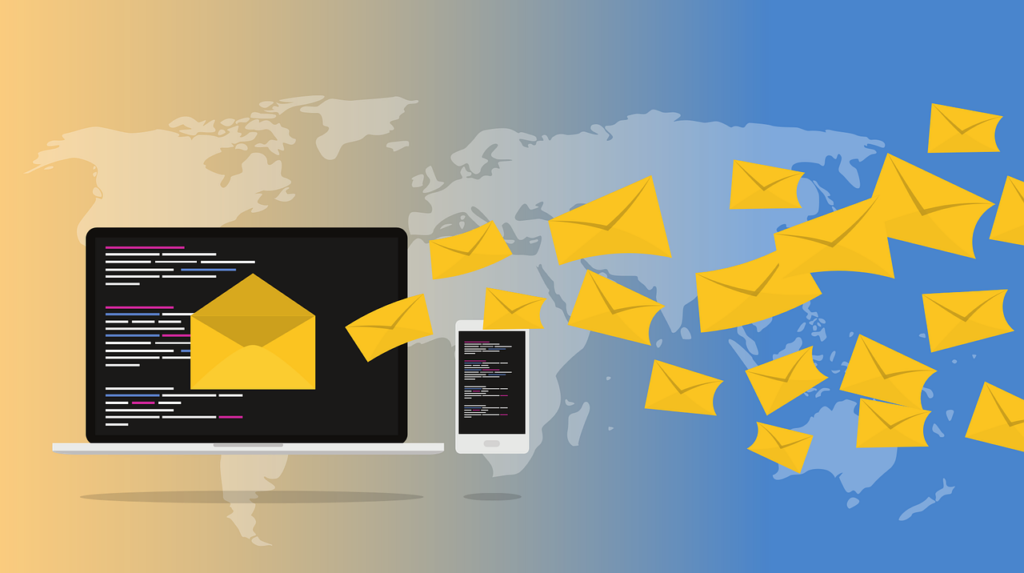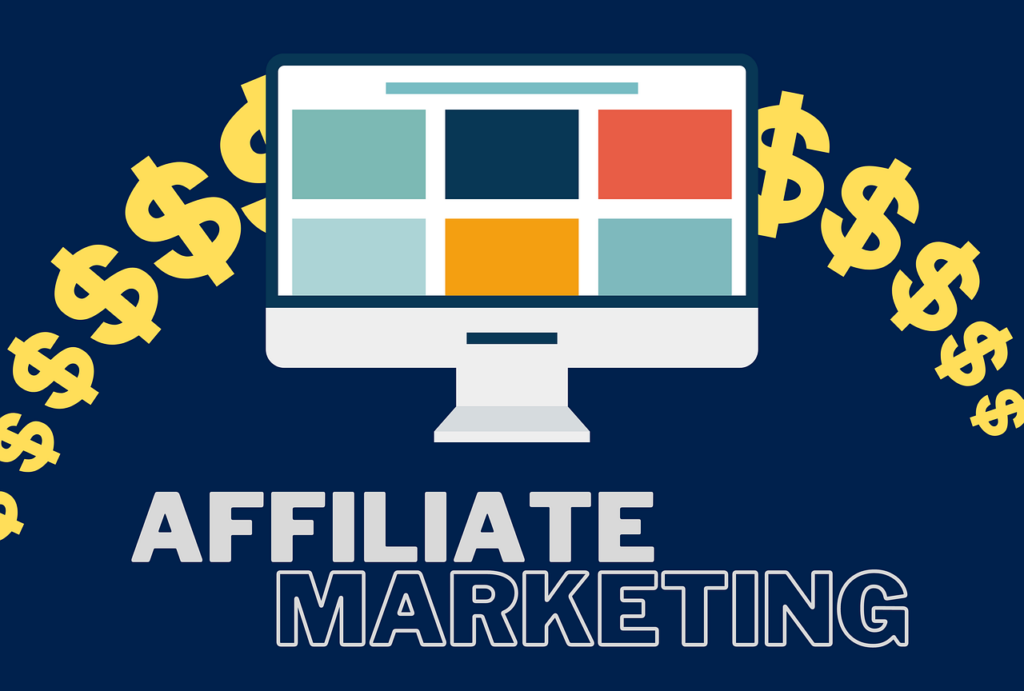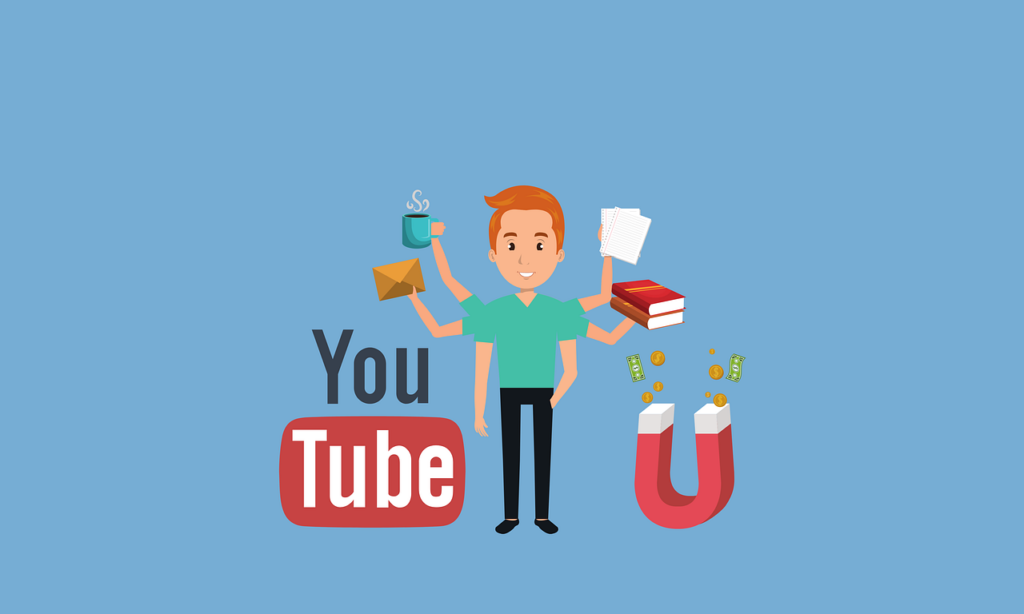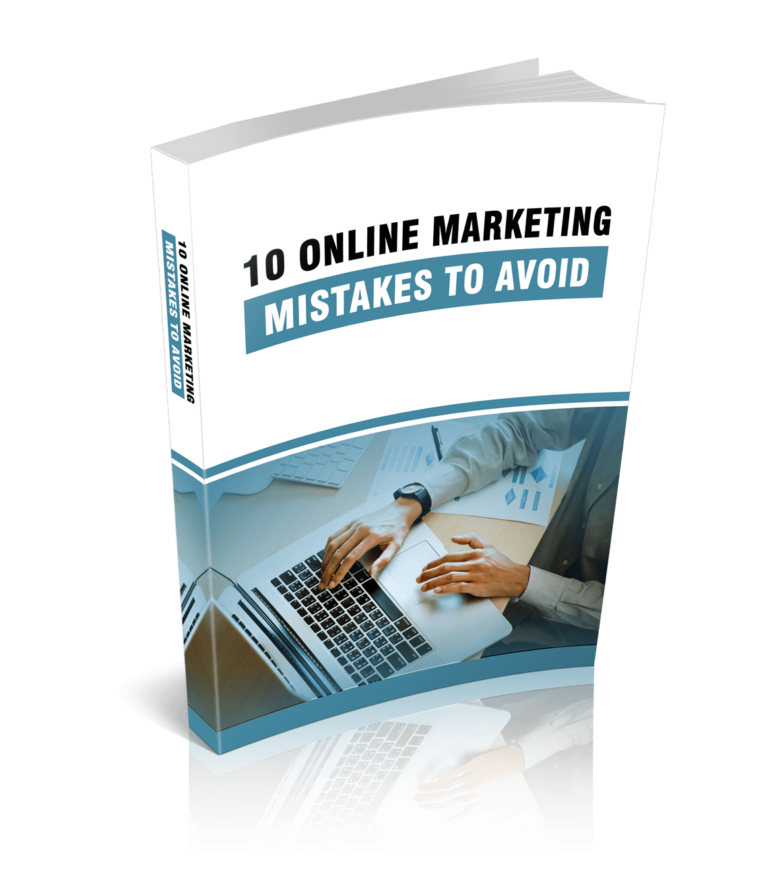When was the last time you examined your email marketing techniques using the detective approach of Sherlock Holmes? If you have been sending out emails that aren’t being opened or if you need to establish a strategy for using emails, it’s time to get rid of your old-school game plans and start from scratch when it comes to building an email list.
Getting people to sign up for your email list is known as “email list building.” It means that you add people to your list gradually and naturally by using web forms, landing pages, and other ways to sign people up.
These lists have numerous advantages. It is a list of people who have voluntarily signed up to receive your e-newsletters or other e-communications. They’re loyal, and having a dedicated network of readers and customers can help you build your brand.
SUBSCRIBE TO INCOME PATROL
Get updates on the latest posts and more from Income Patrol straight to your inbox.
MAKE IT AS SIMPLE AS POSSIBLE TO SIGN UP.
Let’s start with a basic method that you can put into action very immediately: making it incredibly easy for your reader to sign up as a subscriber. Nobody wants to waste time filling out government-level forms just to receive a newsletter or an update. Instead, ask for the information you need, like an email address and, if you want to personalize your messages, a name.
One of the greatest ways to execute this suggestion is to create a design that is basic and simple while still accomplishing the task at hand. One thing to remember when designing the model is to employ negative space.
Instead of making a page-long banner with your image and appealing colors, keep it basic by utilizing no more than two or three colors. Keep the remainder of the background blank so that your reader’s attention is focused just on where you want it to be. You may also grow your email list by requesting contacts to text a number (SMS Opt-in) and setting up an automated response to capture their email address, as well as importing contacts into a list. This will enable you to send them mass texts in addition to email campaigns.
PROVIDE SOMETHING THAT THE CUSTOMER ACTUALLY VALUES.
Customers that respond to a CTA by providing their email addresses are almost certainly seeking something useful in their inbox every day. What they absolutely do not want to receive are spammy emails that are more of a nuisance than a benefit. Give them what they’re looking for as well as what they didn’t believe they needed.
For example, people who sign up for the Morning Brew email get short updates about what’s going on in the financial and business worlds. This keeps them informed and up to date.
The sign-up page may say something like, “Sign up and get a free additional course or a PDF ebook on XYZ or a voucher or an update on monthly seminars.”
The goal is to be brief, deliver value, and get the customer to sign up.
However, while it may appear simple, providing value in each of your emails is a difficult undertaking. Before you can give your audience the information they need, you need to know who they are and what they want.
If you don’t know enough about your audience and don’t do enough research, every email you send will show up in their inboxes as spam.
CREATE “HYPER-PERSONALIZED” EMAILS
Sending a welcome email to your subscribers shortly after they have given their email address to you is a terrific way to start this process.
Gaetano DiNardi, who is the Head of Demand Generation at Nextiva, says that personalization is one of the best ways to gain a customer’s trust.
In this welcome email, you might express how grateful you are that they have taken time out of their busy days to subscribe to your email list rather than someone else’s. This type of email will not only make them feel more connected to you, but it will also make them believe that they are invested in your growth and success.
Here are some pointers to consider when crafting your welcome email:
- Instead of saying generic greetings like “Hello Subscriber,” always address your subscriber by their first name. Calling them by their first name creates an instant link and makes them feel more connected to you on a personal and professional level.
- Keep it brief and to the point. Instead of writing a paragraph thanking them for joining your mailing list, write one or two lines thanking them and then move on to deliver value.
Remember that your readers chose to subscribe to your email list because they believe your emails will provide them with a unique service or product that they may or may not find elsewhere. Why not hire professional writers like those at Grab My Essay, Studicus, SupremeDissertations, or simar526 from Fiverr to keep your correspondence concise and informative?
Wait a day or two after delivering the welcome email before starting your weekly or daily newsletter. However, keep in mind that you can ensure that only relevant content is connected where the subscriber has shown some interest in your websites, such as your blogs, a certain service, or something similar.
Make a schedule for sending the emails. Sending uninteresting news or daily follows to your blogs will be ineffective since your readers will perceive you as spamming them. Make it a point to try and find a routine that works for both you and your subscribers.
INCLUDE COMPELLING CTAS.
People are unlikely to sign up for your services or email list if you do not advertise them. Make “Calls to Action,” or CTAs, that tell the reader to sign up for more information, faster updates, or whatever else you want to offer, and you might be able to get every person who visits your website to do so.
Personalizing the CTA for each webpage is even better.
If a visitor has just finished reading your “SEO Marketing” blog, you may pique their interest even more by recommending that they sign up for your e-newsletter to receive a strategy-a-day in their email, similar to how BigCommerce does.
So, how does this occur? Begin acting like a subscriber to better understand them. What would you look for if you arrived at a landing page and saw someone pleading with you to sign up?
- It appears that a simple “Submit” or “Register” for the newsletter will not suffice. As a result, the goal is to keep the CTA appealing and catchy.
- You can get ideas from some of the most popular blogs and media websites out there. For example, instead of words like “Submit or Register,” Neil Patel, one of today’s most successful marketers, employs creative yet straightforward phrases like “Let’s do this” or “Grow your traffic.” Using lines like these will not only make subscribing to your email list appear more entertaining and engaging, but will also give your readers the impression that they will receive a lot of value from your emails. And believe us when we say that everyone of your readers has come to your blog solely to find value.
- As a result, delivering it from the start will make you far more valuable in their eyes, which is always good for business.
ALLOW SUBSCRIBERS TO SIGN UP (AND OPT-OUT).
Nothing irritates customers more than businesses suddenly bombarding them with emails they don’t recall signing up for. When attempting to get them to sign up, make sure they understand what they’re signing up for and give them the option to decline the offer. It’s the proper thing to do, and it’s also a legal necessity in many nations.
Forbes’ email marketing pop-up urges you to subscribe to short headlines and reviews delivered directly to your inbox. Right below that is the “no thanks” option, which gives the reader a choice while keeping you looking good.
Looking at many instances online will quickly teach you what the masters of this game are doing. Powered by Bounce emails are a popular example you can look at. They employ a straightforward method with two alternatives. There is a catchy headline, followed by two paragraphs that describe the primary benefits of joining this email list. After that, there is an area to enter your email address and a simple button to confirm your subscription. But it’s the second option that makes bounced emails so appealing. Instead of stating things like, “No, I don’t want to subscribe,” they create clever comments that suggest that if you don’t open them, you’ll miss out on potential benefits and miss out on a lot.
Consider the Men’s Health email popup. Instead of stating, “No, I don’t want to subscribe,” they wrote, “No Thanks, I am not looking to lose weight.” Simply reading this phrase makes you feel foolish, and the chances are that the majority of your audience will not click on the second option. And this isn’t just a random guess; after implementing this method, Men’s Health’s email subscription list nearly doubled, which is huge.
CATCH THEM AS THEY GO.
Exit-intent popups have demonstrated the power of a popup. As a final attempt to convert visitors into customers, these are triggered to show as visitors prepare to leave the homepage; in essence, the digital equivalent of someone stopping you as you move to say “Hey, before you go, why not have a look at this.”
Pura Vida Bracelets employs this method in conjunction with a “mystery offer” in exchange for a reader’s email address. The popup from Social Triggers cleverly gets the reader to stop, gives them a free e-book, and then customizes their opt-out message to cause the reader to reconsider. Smart Blogger takes a laser-focused approach: as readers leave their post about getting freelance writing gigs, an exit-intent popup asks them if they’d like to attend a webinar on how to get started with a freelance writing career.
While this method may appear intriguing and not very sensible at first, there is a lot of data to suggest that it works. Popify.site is one of the most popular custom popup makers on the market right now. It can be used on any website or page, and more than 700,000 people use it every day to get more subscribers.
Almost everyone you see on the internet uses this tool or any alternative in some way. Whether it’s Neil Patel or Men’s Health, they’ll always have a special offer ready for you just as you’re about to leave.
CONTENT UPGRADES
If you are a blogger or your organization’s principal source of revenue is created by your blog, one of the best strategies to succeed is to encourage more and more people to stay on your website longer. But you won’t get more subscribers just by writing long articles that explain everything.
Consider using a strategy known as a content upgrade. This implies you put the most information you want to communicate on the blog, but you leave out two or three vital points that are required for the rest of the points to work. You hide this extra content using an add-on and request your subscriber’s email address in exchange for this extra stuff.
While this may appear to be a basic means of obtaining someone’s email address at first, the beauty of this strategy is in how you design your letter. Instead of just saying, “If you want more content, subscribe to our newsletter,” say something humorous and original that will get the job done without hurting anyone’s feelings.
Try this method by creating a checklist of ten things your subscriber should accomplish and then eliminating the last two elements. This strategy can be observed on the Backlinko blog, where author Brian Dean uses it with the majority of his articles. He will tell you 90% of everything you need to know. The other 10% will be kept secret for his “secret subscribers.”
By doing so, he is encouraging the reader to join the exclusive list of his subscribers and reinforcing the notion that he is someone who can add more value to their lives.
SUBSCRIPTION CONFIRMATION
We’re all aware that when readers enter their email address and click the subscribe button, they instantly receive an email asking them to confirm their subscription. However, most marketers are unaware that disregarding this critical page is one of the worst things you can do when trying to raise your subscriber count.
Let us dive a little deeper.
Your readers and subscribers are extremely busy people who receive hundreds of emails every day. However, because most nations require you to send a confirmation email to your subscribers, you can’t really avoid it.
As a result, you must make it appealing enough to stand out among the hundreds of other emails that arrive in their inbox every day.
One of the best places to start is by looking at websites that have amassed millions of users over time. Neil Patel is one such website. If you’ve ever signed up for Neil’s email newsletter, you’ll remember being sent to a page where he talks about the benefits of subscribing and the three steps you need to take to quickly confirm your membership.
Essentially, Neil has efficiently optimized that page while also making it simple to subscribe to his articles. This is one of the most critical factors that most marketers overlook.
To encourage more people to subscribe to your email list, you must optimize the landing page. Otherwise, your confirmation emails, like most others, will be drowned out by the thousands of emails your readers receive every day.
The trick is to act quickly. Write it in such a way that a subscriber is enticed to confirm the email. Create it in a way that it is only a click away.
NUMBERS, AND TESTIMONIALS
If you look up how to increase your email list, you’ll find at least one point that says you should show your subscribers how many people have already subscribed to your site; in other words, validate your services.
While this approach sounds wonderful on paper and, in some circumstances, works, if your email list is in the single digits, it makes no sense to put it out there and say, “join 12 people, just like you, on this awesome mailing list.”
Consider this: who wants to visit a website or join a mailing list that only has 12 people reading it?
Of course, there is a better approach to address this problem. Rather than advertising the number of people who have signed up for your newsletter, collect testimonials from those who have already done so and display them on the signup page.
Other people’s testimonials will not only help raise your reputation but will also increase your reader’s trust, increasing your subscription count over time.
CREATE CAPTIVATING LEAD MAGNETS
Similar to giveaways, lead magnets appeal to people’s self-interest, but a lead magnet is offered to everyone who subscribes to your list and is always available. It’s a digital tool as opposed to a tangible present.
Typical examples of lead magnets include:
• eBooks
• PDFs
• Checklist
• Reports
And there are even more… The examples would change based on the products and services you offer. For instance, if you are a SAAS brand, your lead magnets may consist of ebooks, checklists, and interactive PDFs describing how your users can perform miracles with your SAAS application.
A lead magnet should entice individuals who are interested in your goods or service. The fact that something is complimentary does not imply that it is of inferior quality. Your lead magnet should provide substantial value and be distinctive. People will remember you and provide their email address for this reason… because they really want it and have no other option.
FINAL WORDS
Email list building is still the top marketing strategy. A well-curated email list is an excellent way to cultivate a following of devoted customers who will back up your business and the job you perform. Sending them emails that are tailored to their interests keeps your company at the top of their minds.
Even if you can’t get to a 100,000-person email list right away, following these well-described tactics will help you get there in due time. So, the best way to get a lot of people to sign up for your email list is to follow the right list-building tips and stay consistent.
LIMITED-TIME OFFER!
With LIFETIME ACCESS membership ($67) you have access to ALL exclusive materials (current and upcoming) for lifetime. We create new courses, ebooks, webinars and downloads on a regular basis. This offer expires soon and will be replaced with monthly-paid subscription, so hurry up! Get access HERE!





